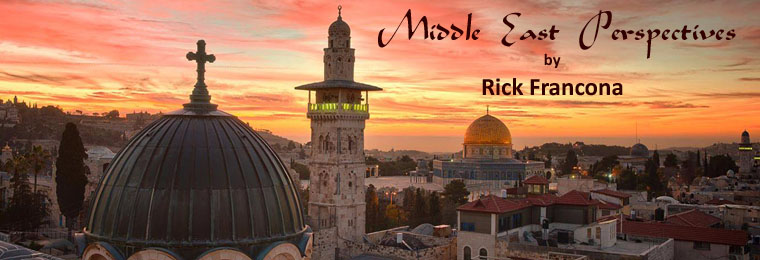Note: This is an addendum to my article of one month ago, The Coming Battle for Damascus.
 |
| Al-Tadamun section of south Damascus |
The Syrian rebels - an amalgam of the the loosely-organized mostly Sunni Muslim Free Syrian Army and a few Islamist groups, notably the Jabhat al-Nusrah, have made significant advances against the armed forces loyal to Syrian President Bashar al-Asad.
The rebels have been effective enough to seriously alter the military operations and planning of the Syrian government. Over the last month, the opposition has been able to down a number of armed assault helicopters as well as fighter-bomber aircraft using what I believe to be Chinese-manufactured shoulder-launched anti-aircraft missiles. Additionally, they have been able to take over a number of cities in the north of the country, some in the oil-rich northeast governorates.
At the same time, the rebels gathering around Damascus, despite being pounded around the clock by artillery, rockets and air attacks, have been able to push to within about a mile of al-'Abasiyin Square, considered to be a key target for the rebels. I believe that Bashar al-Asad has realized that the battle for Damascus is about to begin in earnest.
The Syrian general staff has made some alarming decisions to address the military situation. To understand the significance of these military moves, perhaps a quick look at Syrian defense strategy will be illustrative. The "normal" (pre-revolution) deployment of Syrian forces were to provide defense against what Syria considered its primary threat - Israel. Four divisions - the 1st Armor, 5th Armor, 7th Mechanized and 9th Armor were arrayed south of Damascus from the Lebanese border on the west, across the foothills of the Golan Heights to the Jordanian border in the east.
To protect the regime, there were two divisions stationed in the southern and western suburbs of Damascus whose primary mission was regime protection - the 4th Armor Division and the division-equivalent Republican Guard. These two units were officered almost solely by members of Bashar's 'Alawi sect.
As events unfolded this week, the Syrian general staff ordered the main combat units of the four divisions in the south to redeploy to defense positions in and around the capital city. In almost 40 years of watching the Syrian military, I have never seen these military units allowed into downtown Damascus. This leaves the borders with Israel, and to some extent Jordan, virtually unprotected. I believe the Syrian regime has determined that there is much less of a threat from either of these neighboring countries than the internal threat from the Free Syrian Army and the Islamists.
For President Bashar al-Asad to move these forces into Damascus indicates the level of concern over the gravity of the situation and the realization that his worst nightmare is about to commence - the bloody street battles that will determine the fate of Syria.
Bashar is also concerned for his minority 'Alawi sect, centered in northwest Syria near the Latakia coast. He has ordered additional army units to that area to protect this group from what might easily become a bloodbath of retribution for years of oppression. Deploying forces to this area lessens the number of forces to address the burgeoning revolution in the north and northeast - Aleppo, al-Raqqah, Dayr al-Zawr and al-Hasakah governorates. That area now has basically one armor division to quell the violence - it is not working. Bashar has likely made the calculation to cede this area to the rebels and concentrate on the defense of the 'Alawi homeland and the city of Damascus.
Things are happening quickly in the Levant. Syria is basically up for grabs. How far is Bashar and the regime prepared to go to remain in power? Would they rather see the country destroyed and have a chance at remaining in power, or will they opt for some way to prevent further bloodshed in return for a way out? I am guessing the former - it is going to get ugly.

.jpg)

